PUST (2006)
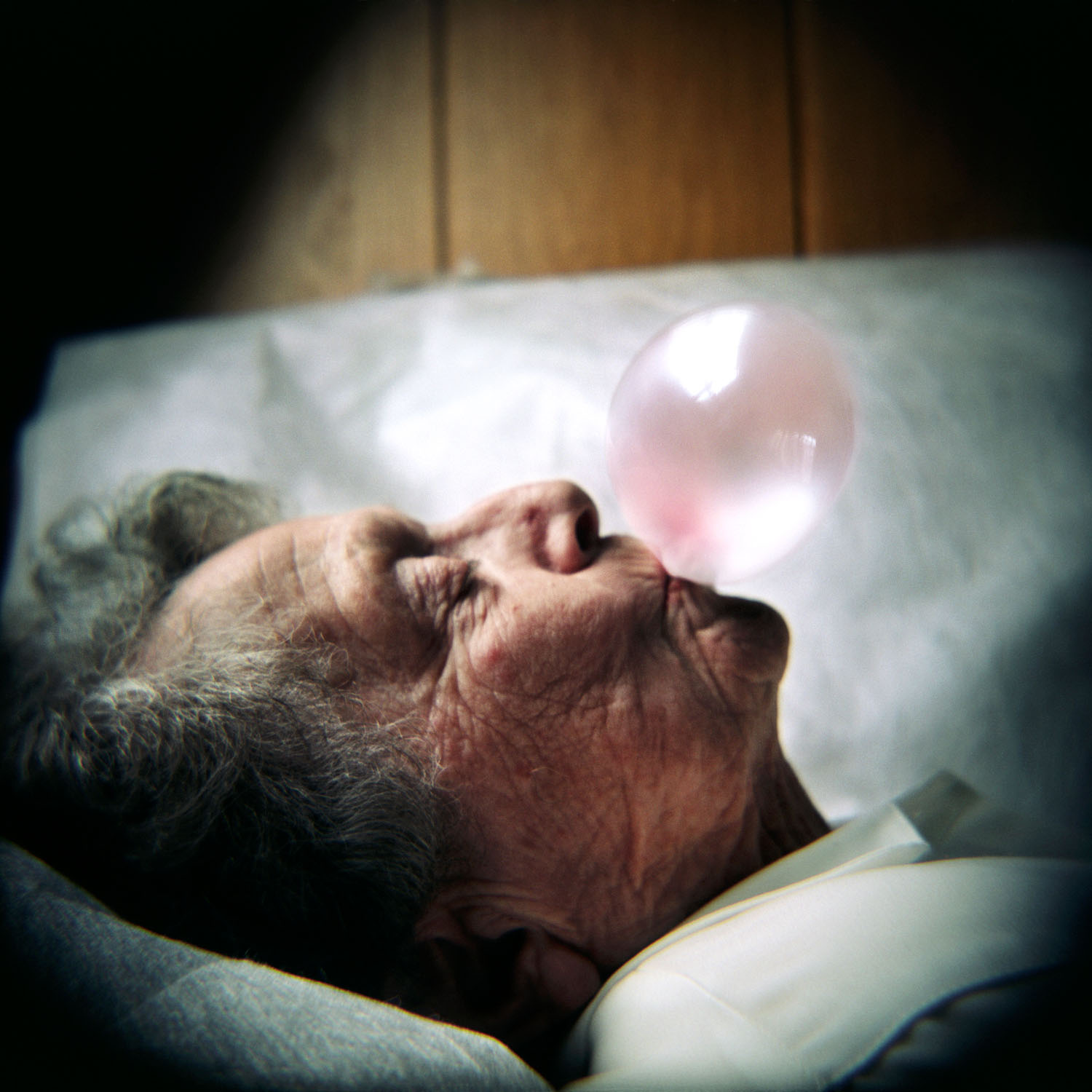
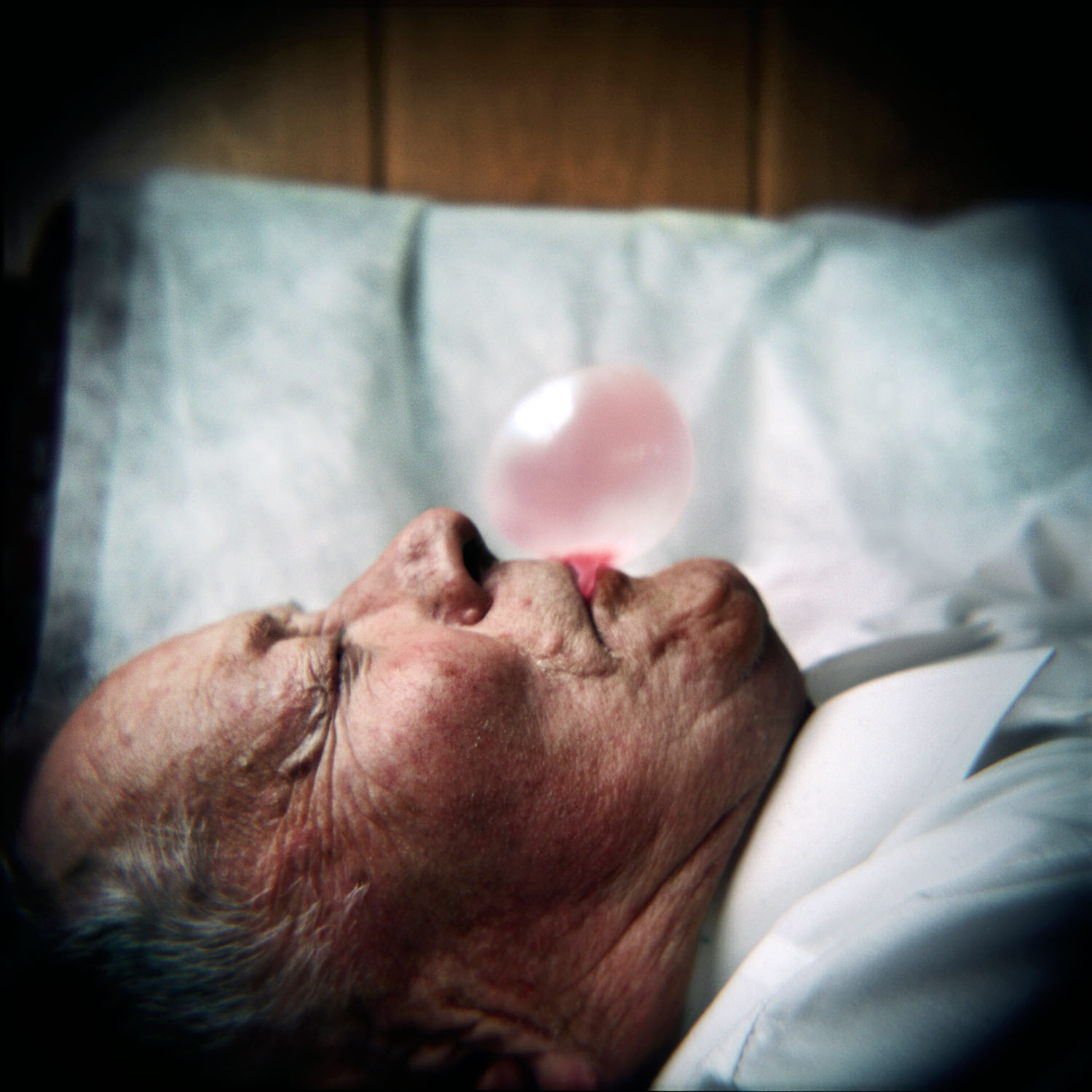

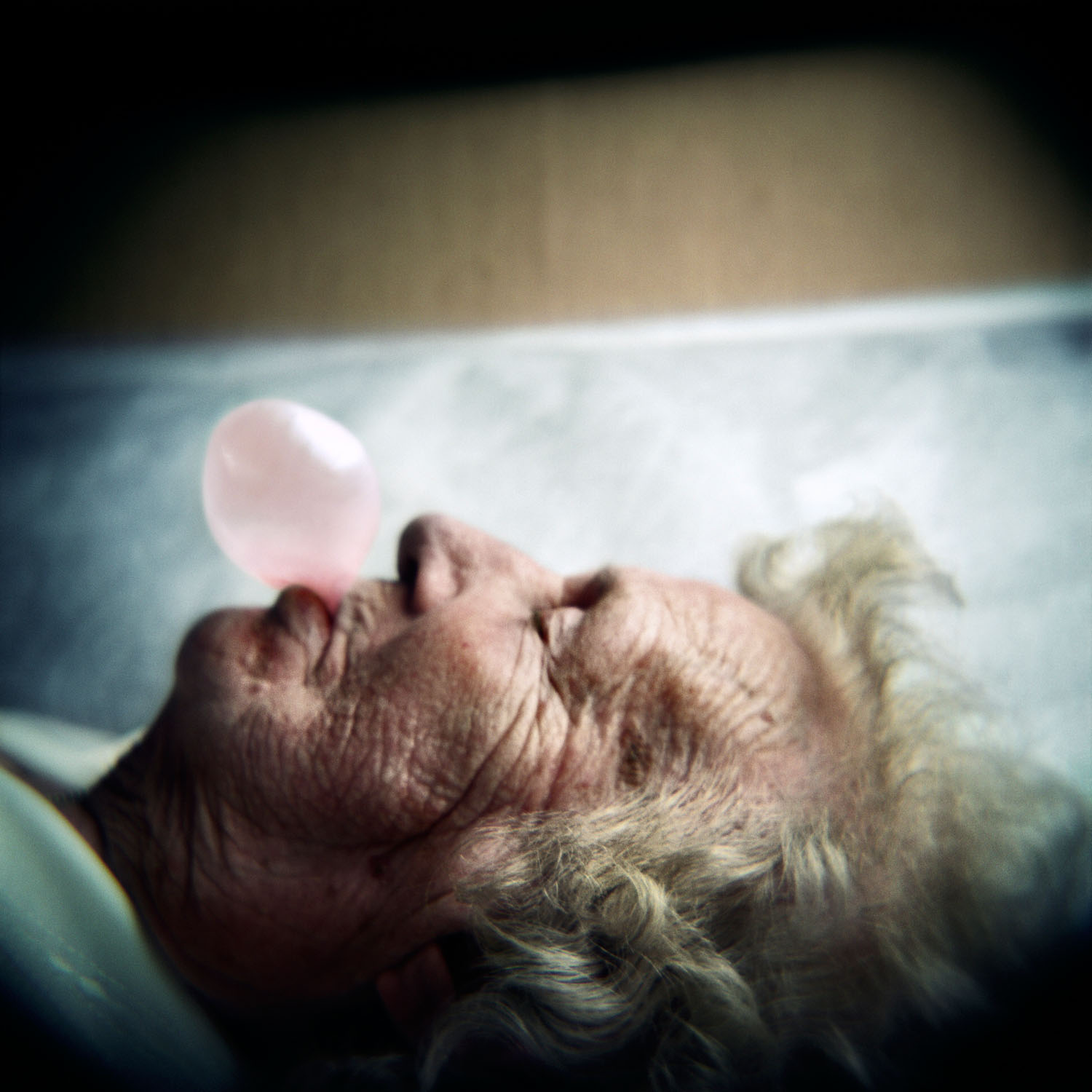
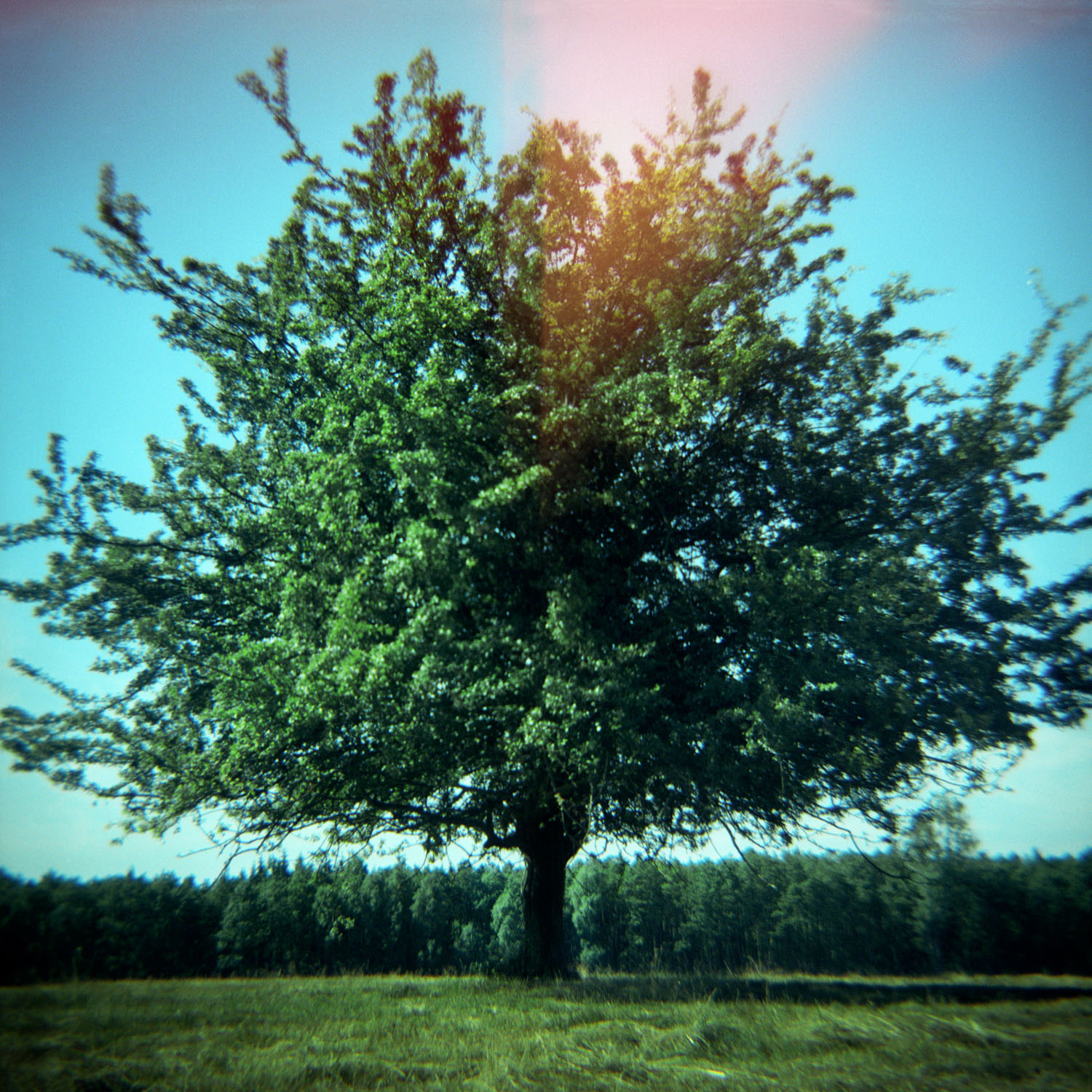
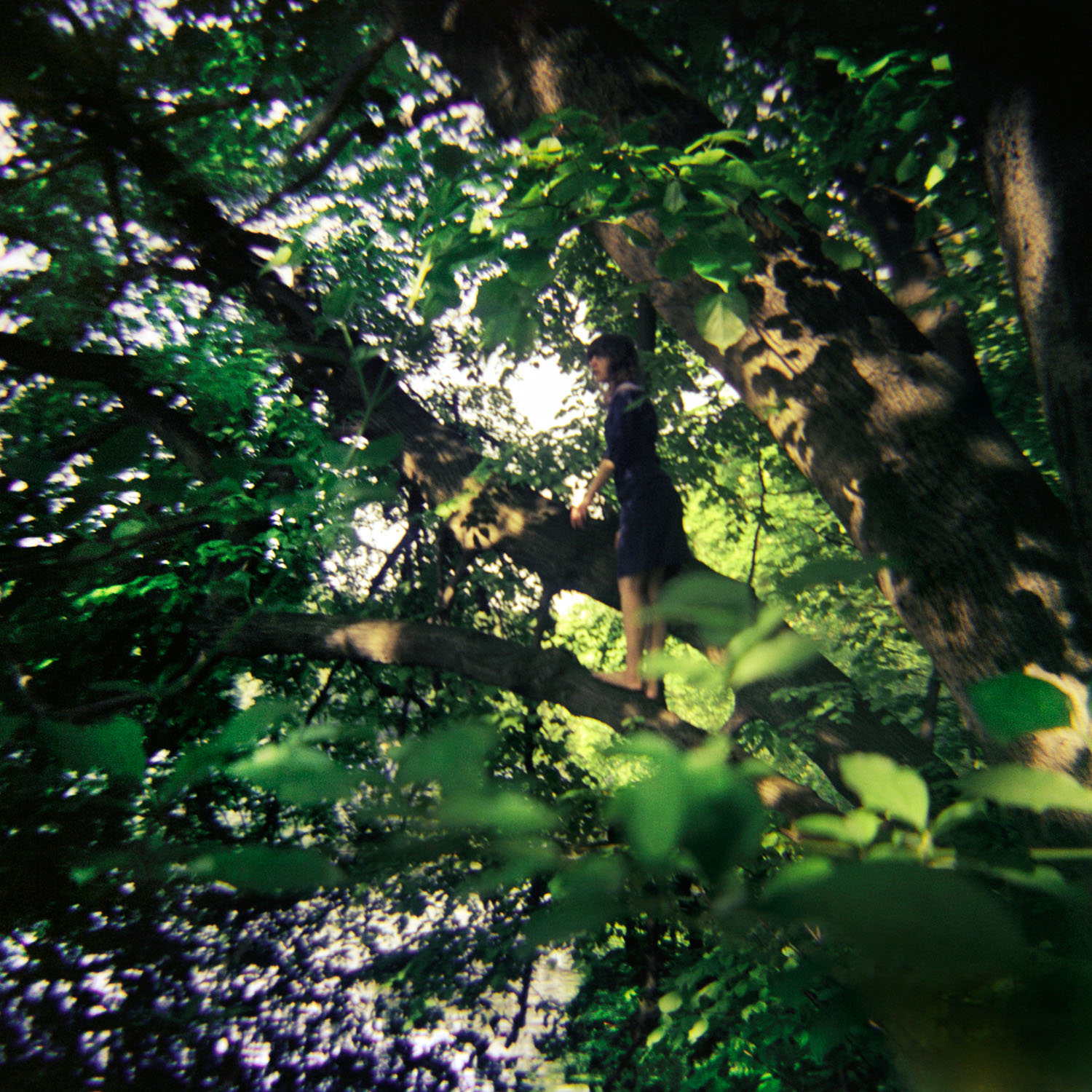



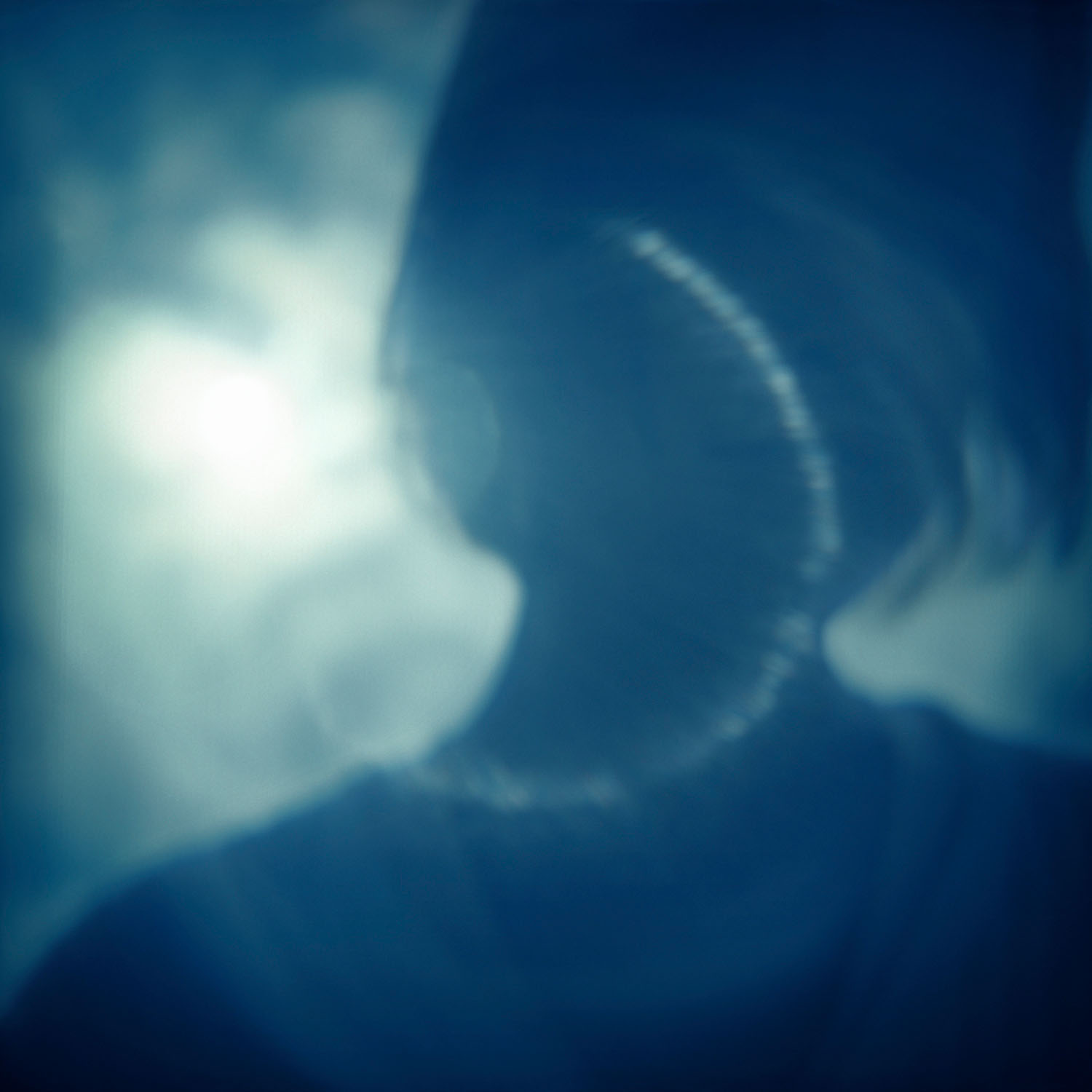



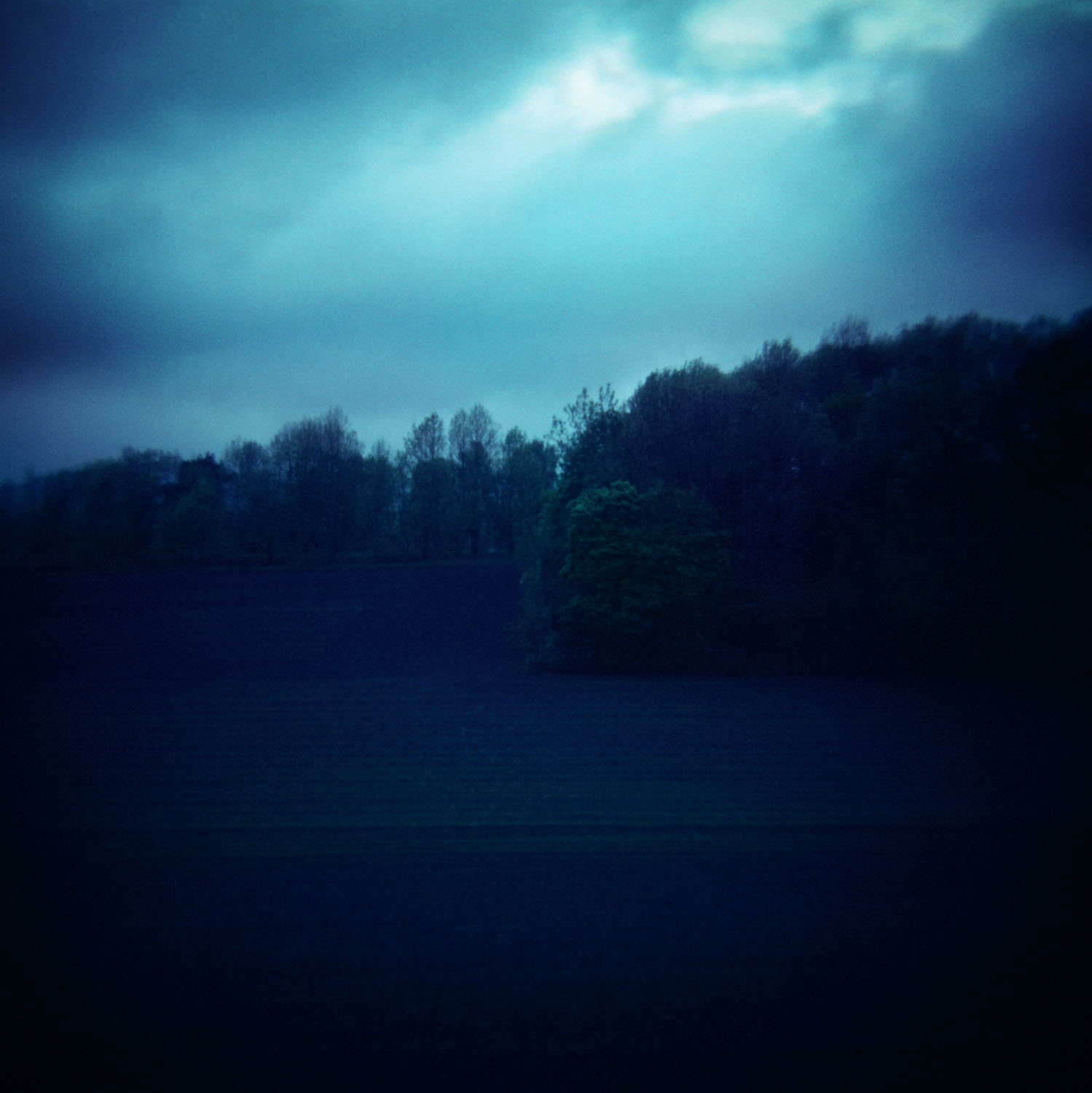
PUST (Breath, wind)
by Camilla Kragelund
It’s there for a moment, then it's gone.
The kite.
Carried by a breath of air, forever gone from the boy who held it in his hand.
In the project "Pust" Marie Sjøvold explores, as the title indicates, invisible and intangible
phenomena. She does this by concretely capturing images such as the blowing of a bubble, the
exact moment where the kite is carried away, or dandelion seeds are scattered by the wind. On
a more abstract level the photos circle around the unobtainable and lead us to ponder over the
fragility of the moment by again and again making it shatter and disappear in front of our eyes:
The bubble bursts, the snowman melts, the ice breaks into pieces. The old man wearing nothing
but a bathrobe disappears into the winter night. The green tree goes from full bloom to
disappearing into the ground, leaving the impression of an atomic explosion. It is not only a
gust of wind, a breath of fresh air or breathing as a source of life that Marie Sjøvold captures,
but also the feeling of breathlessness and the last breath before death arrives.
The airiness and transience which characterize a breath are reflected in the presentation of
the photographs. Instead of the traditional exposing of one individual image, the photographs
are shown in series of 4, in a moving frame which changes every few minutes. This has the
effect that if you return to a photograph you've just observed, chances are that it won't be
there anymore. The glass frames have been sunk into the ground of the museum's garden, so
the trees and sky are mirrored, enhancing the constant change of the images. In the middle of
the 19th century, photographs were colloquially referred to as "mirrors which remember"
because they capture a fleeting moment and keep it for posterity. This posterity has now been
rendered as fleeting as the moments themselves.
By bringing our attention to how much the photo changes depending on individual
perspective, and the moment in time, Marie Sjøvold makes us aware of the fragility of the
photos´ meaning and how easily it is influenced by the context in which it is shown. Since the
birth of photography there has been an ongoing dispute about whether the photograph should
be seen as an objective medium or a manipulative/subjective one. This discussion has become
even more relevant after the advent of digital technology. Marie Sjøvold has for many years
worked as a press photographer parallel with her career as an art photographer. The fact that
she has been working both with the photo as a way of objectively documenting reality and
subjectively expressing herself shines through in the language and motives of the photos, and
puts the viewer in constant doubt- whether the photographs are constructed or describing a
real moment.
What was it that you actually saw?
Was it a crack in the ice or the outline of a woman’s face in silhouette? Just a tree, or a tree
whose branches were disturbingly alive? A photo of a girl blowing bubbles, or is it possible that
the photo moved?
And through whose point of view is it that you see the photos?
It’s there for a moment, then it’s gone.
The kite.